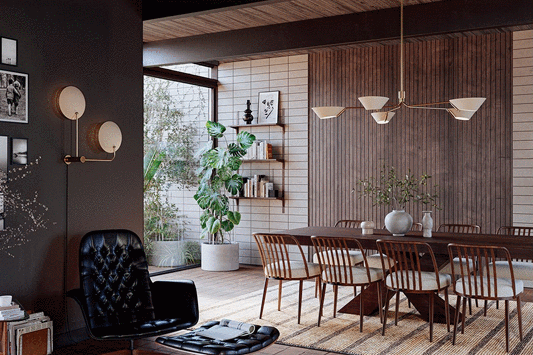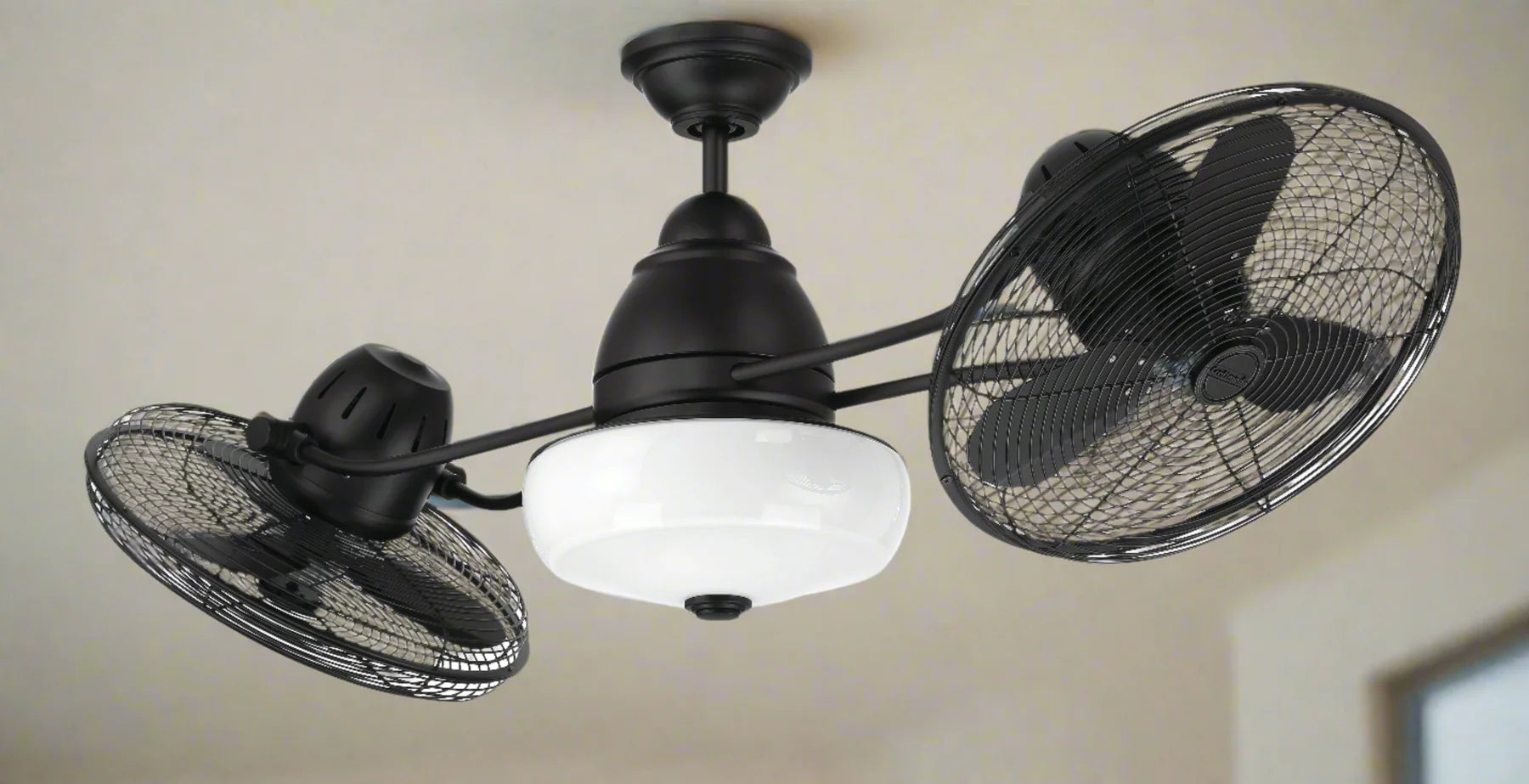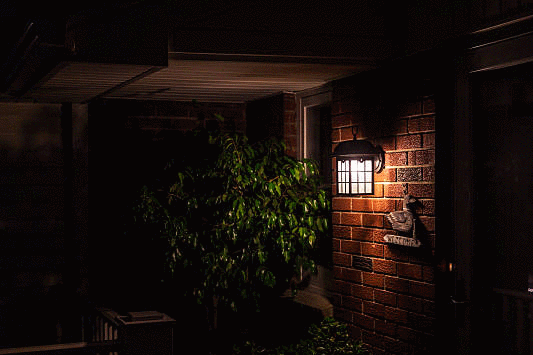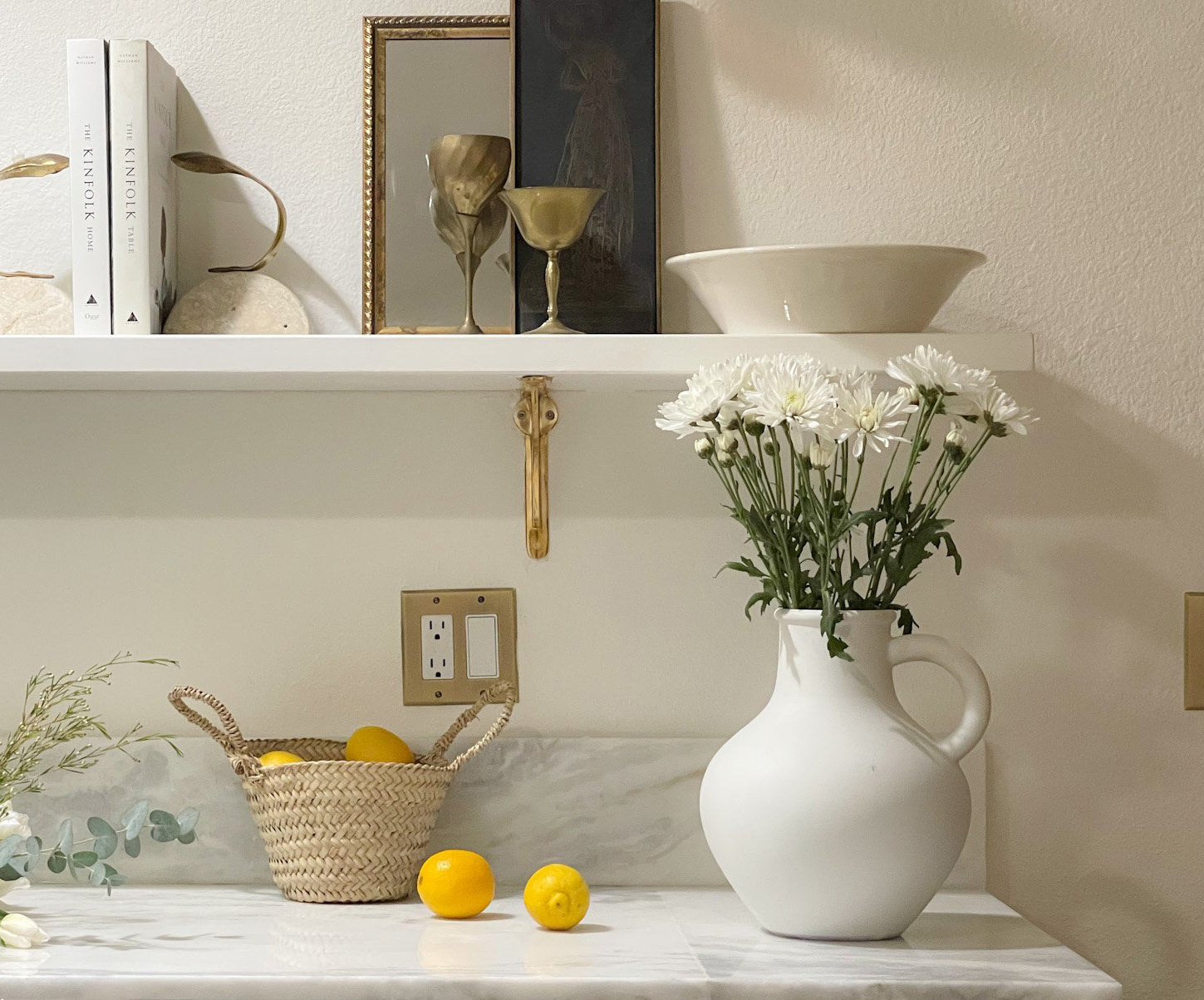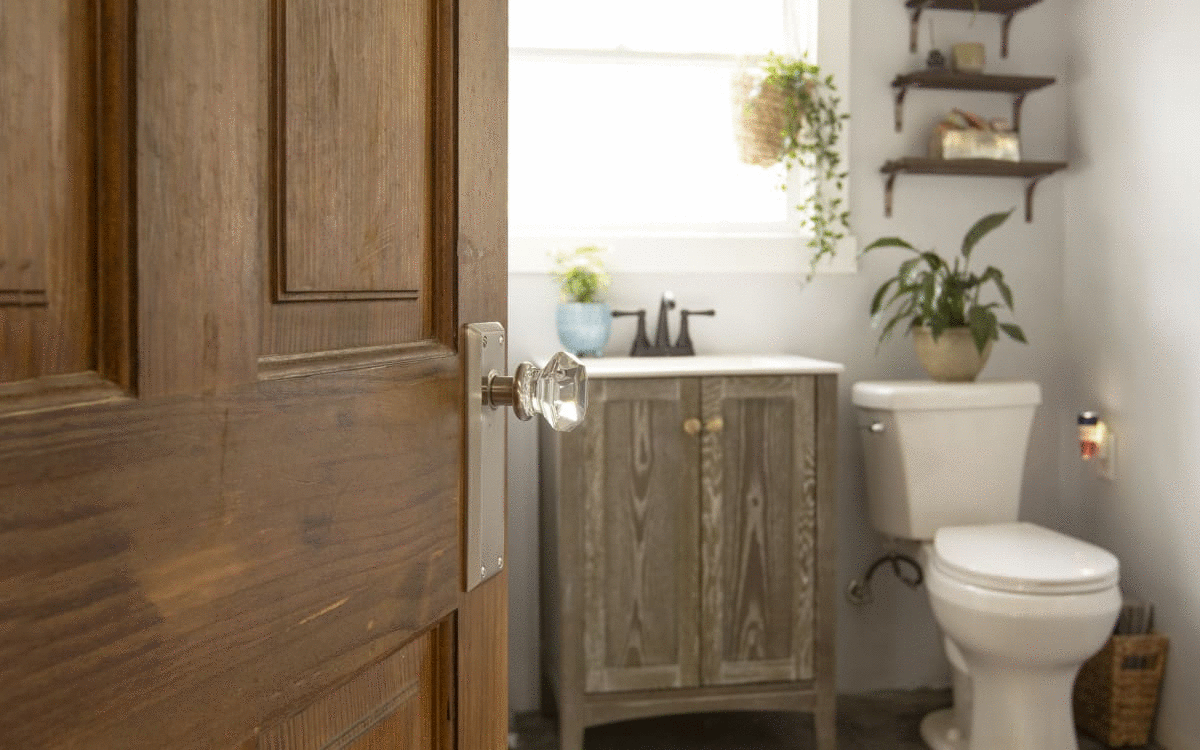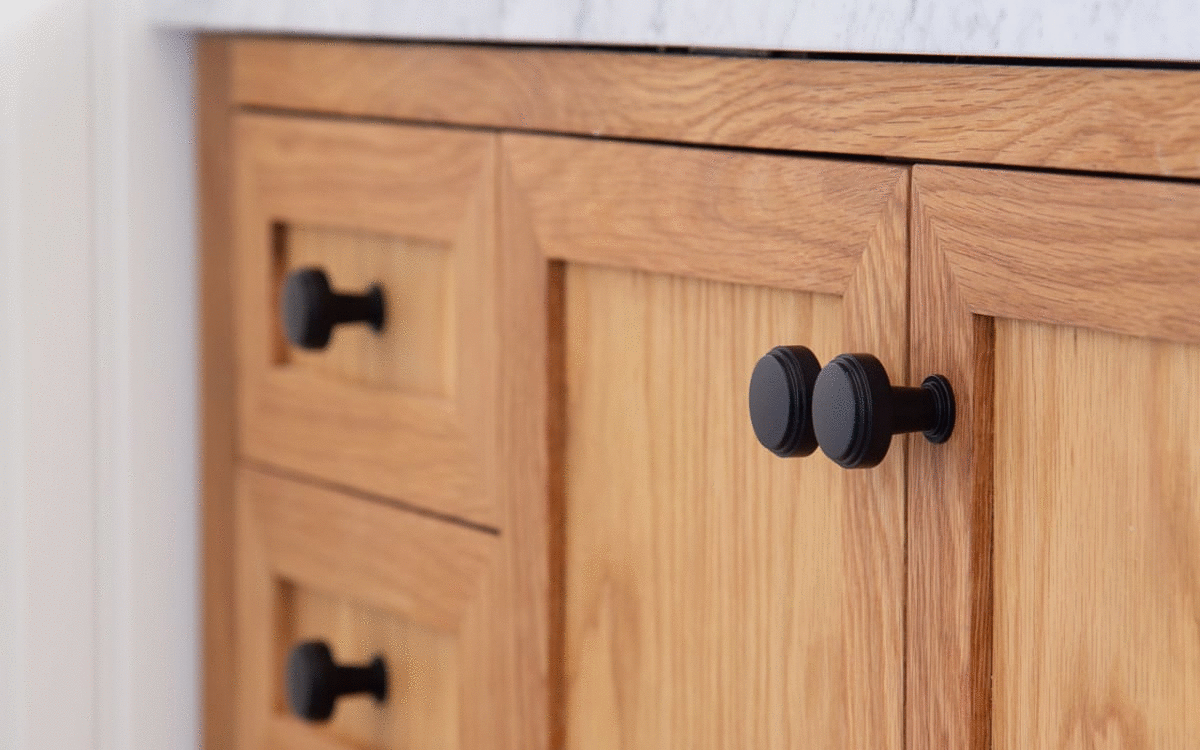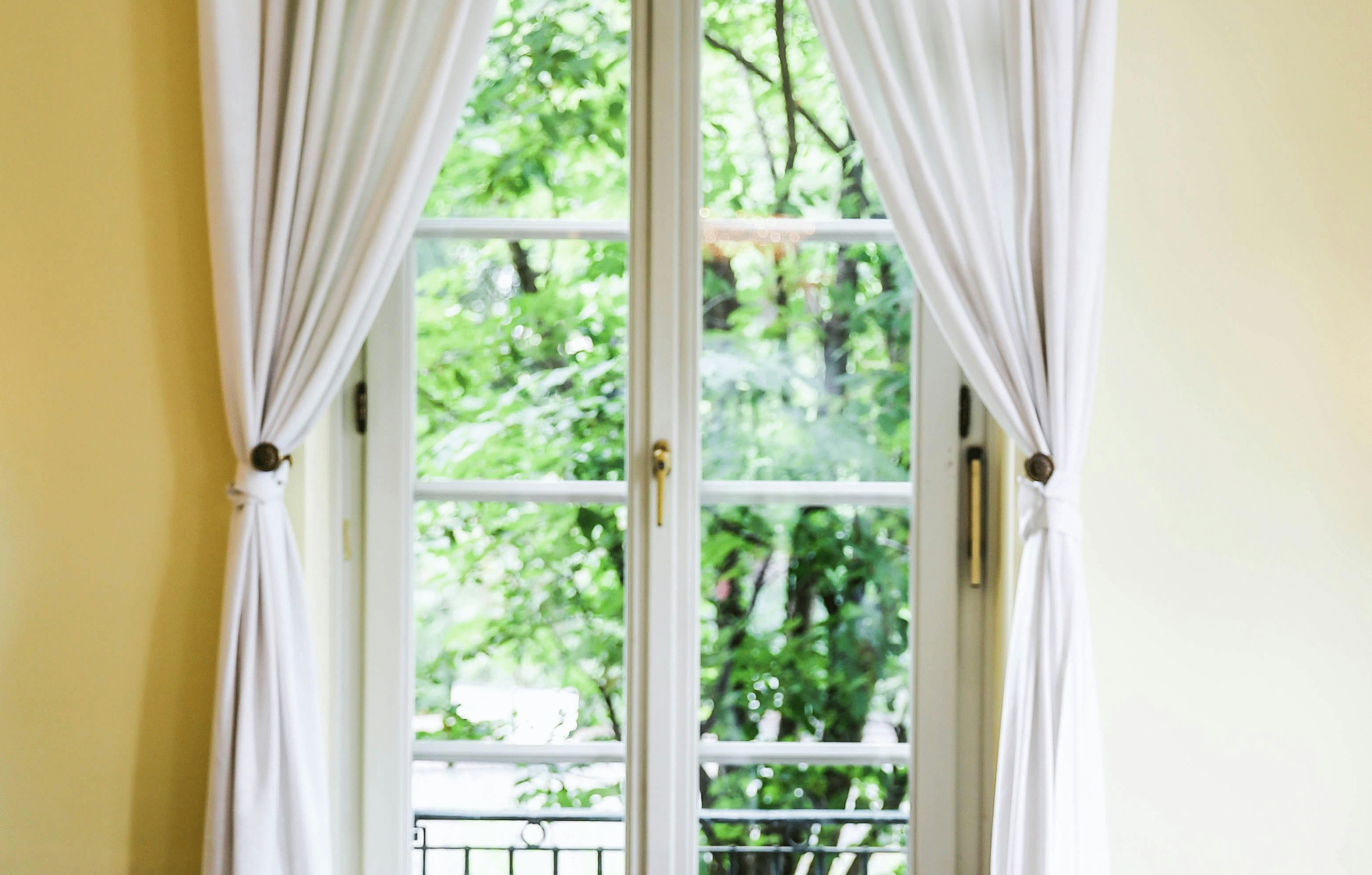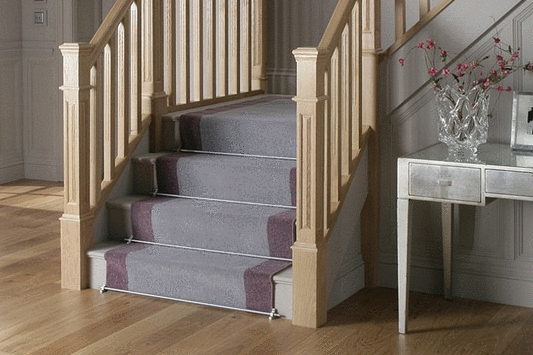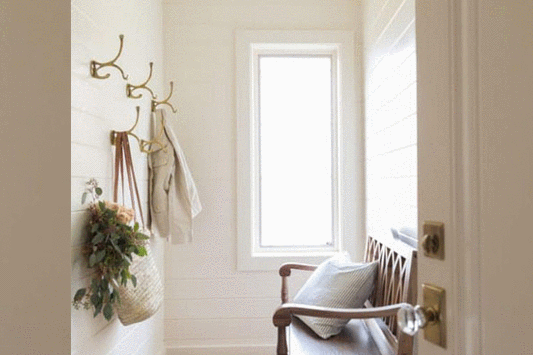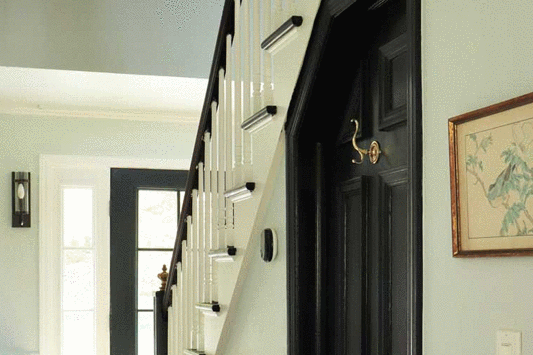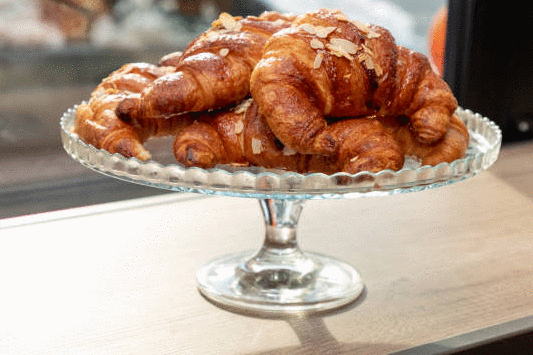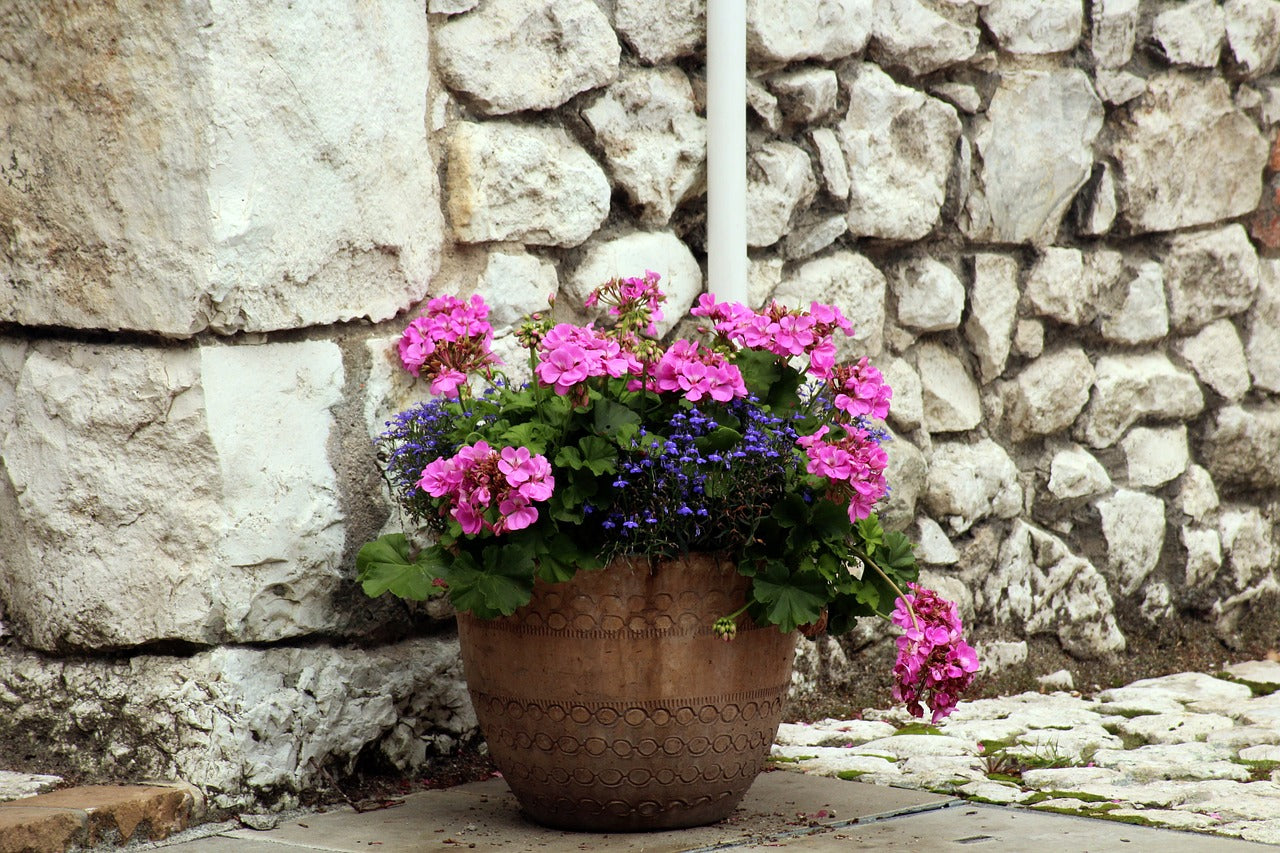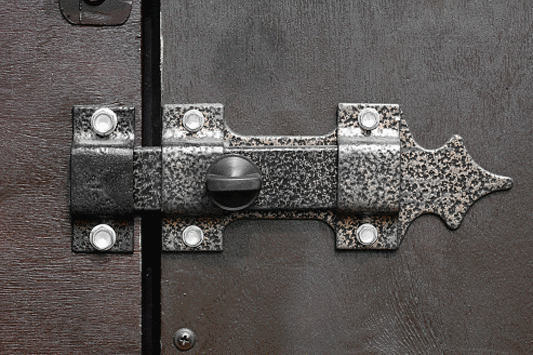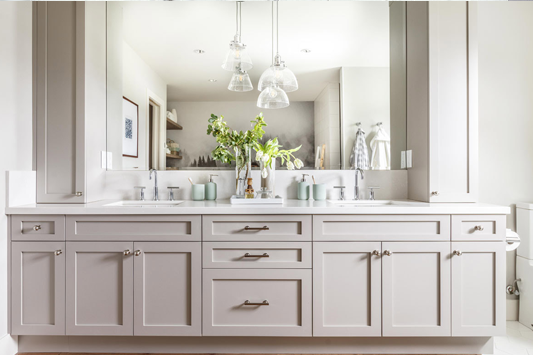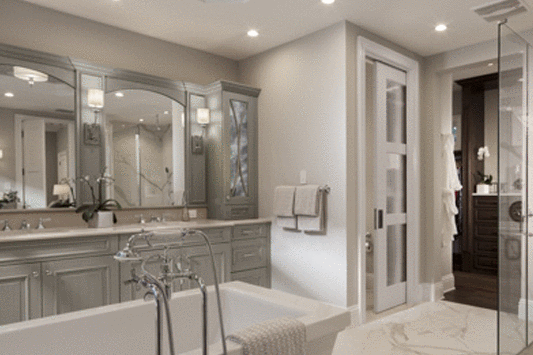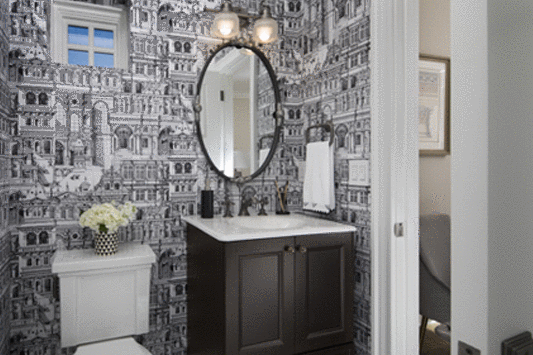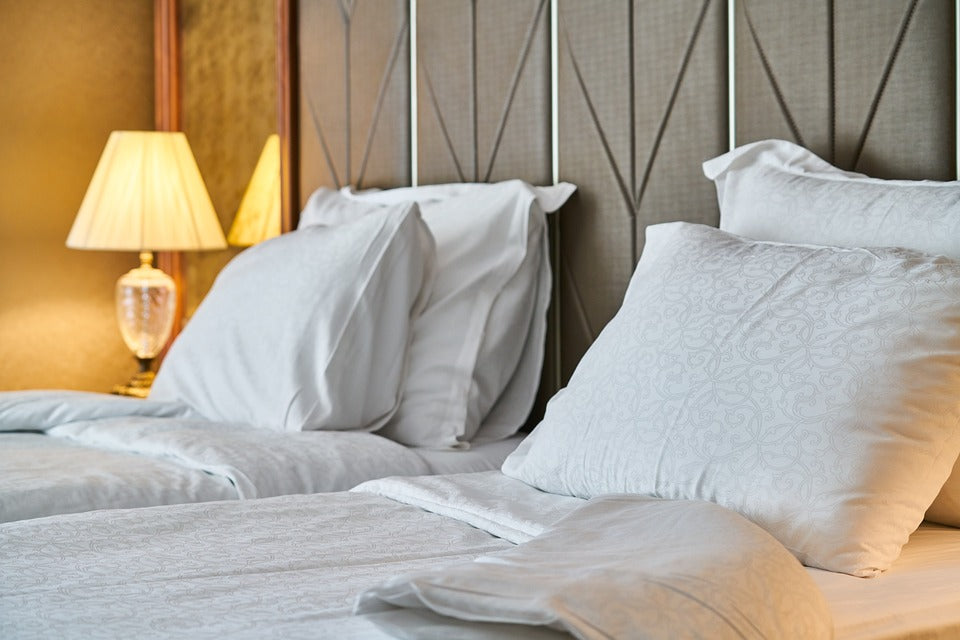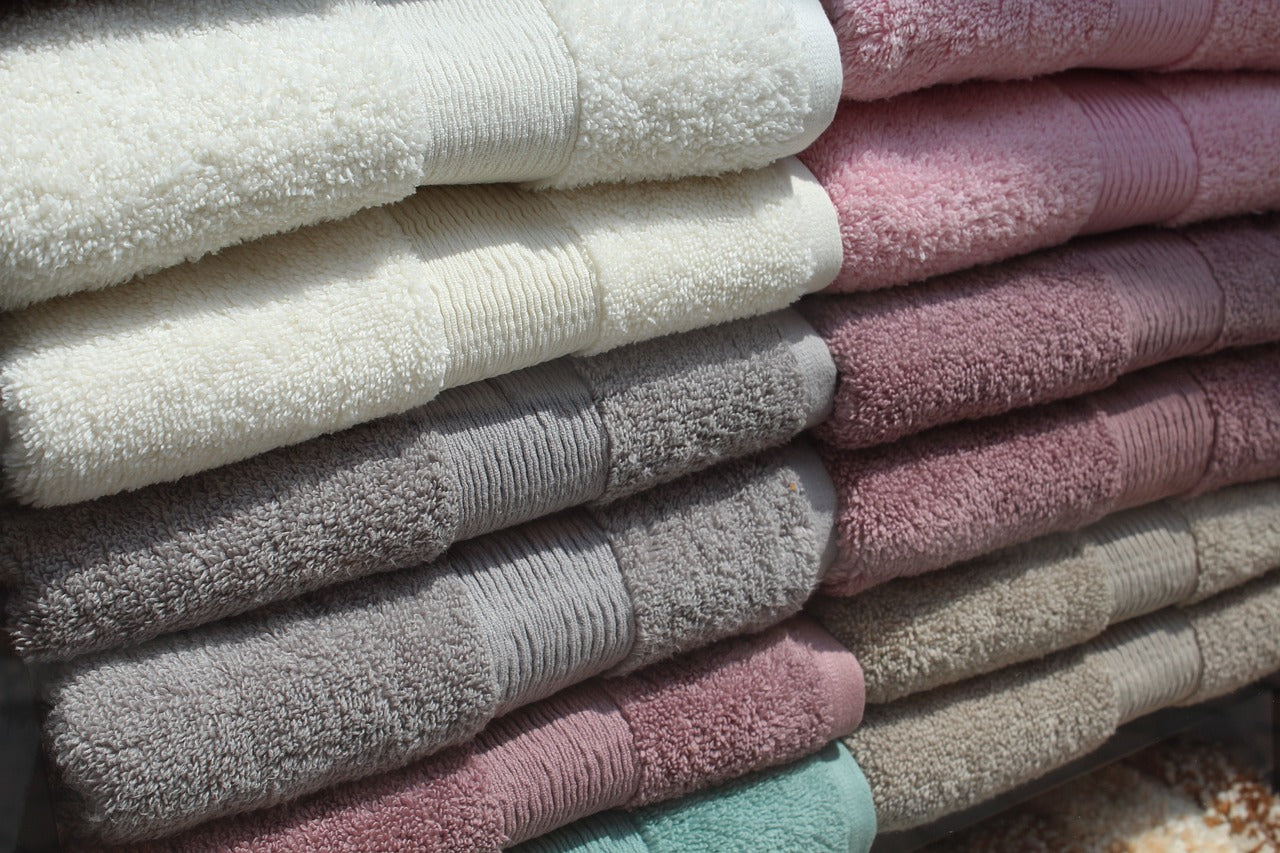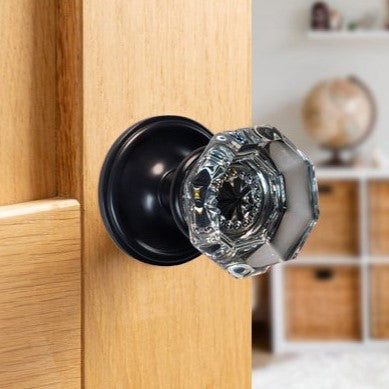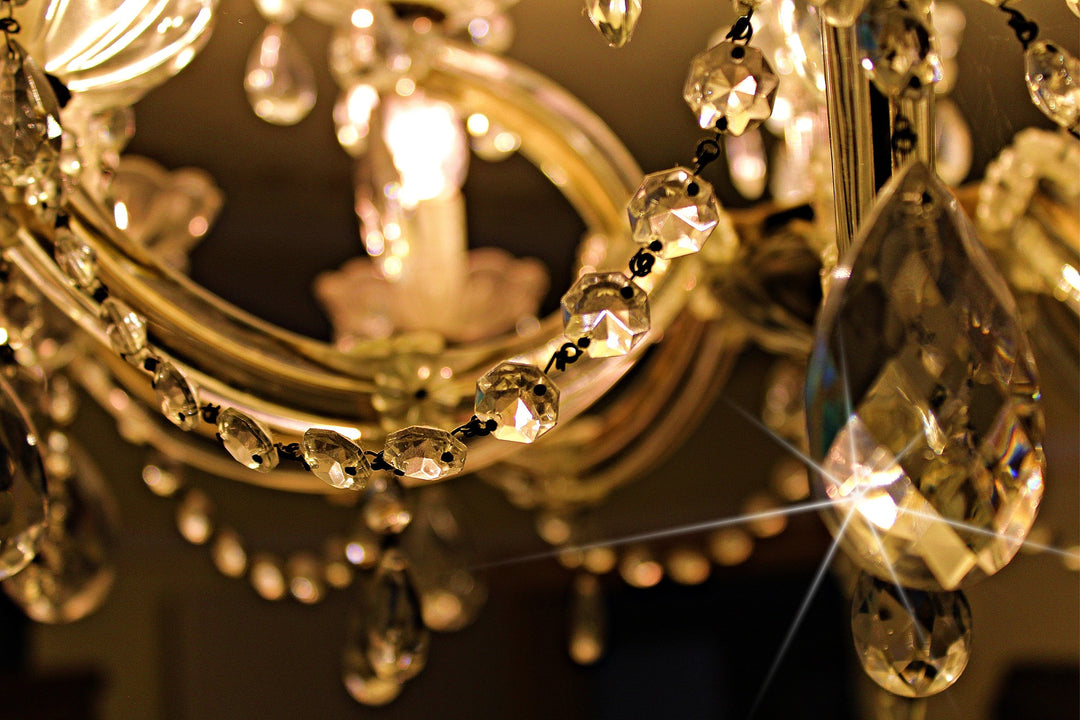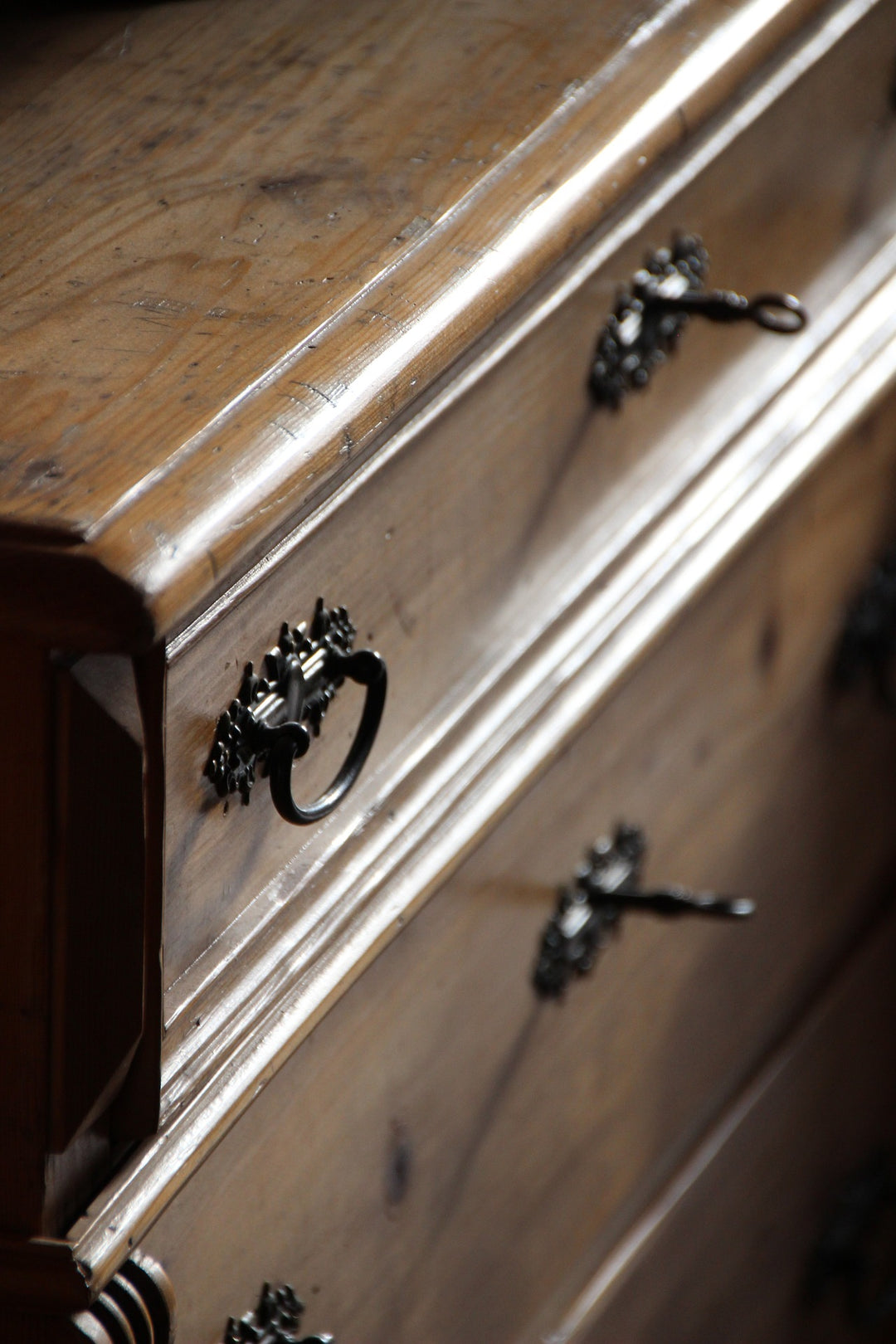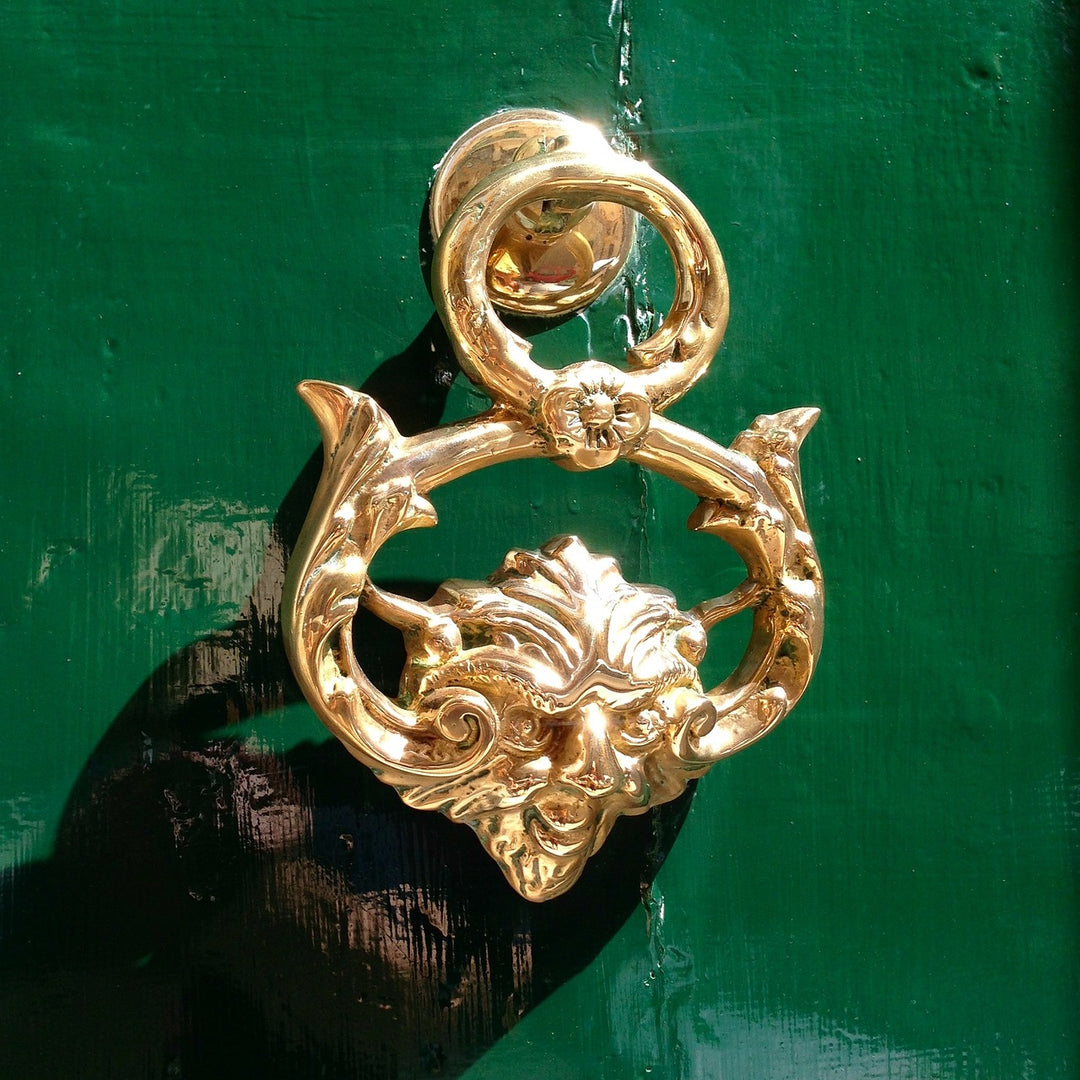The Role of Wrought Iron in Antique Gate Hardware
Wrought iron has played a pivotal role in the development of gate hardware throughout history. Its use dates back to ancient civilizations, where its durability and malleability made it an ideal material for crafting tools, weapons, and various architectural elements. The art of working with wrought iron reached its zenith during the medieval period, particularly in Europe, where blacksmiths honed their skills to produce intricate and robust gate hardware. These gates not only served practical purposes but also symbolized status and security for the wealthy.

Craftsmanship and Techniques:
The process of creating wrought iron involves heating the iron and then hammering it to shape while it is hot. This technique allows for a high degree of control over the final product, enabling blacksmiths to produce detailed and decorative pieces. The craftsmanship required to produce wrought iron gate hardware is highly specialized, involving a deep understanding of metallurgy, design, and artistic expression. Each piece of hardware, from hinges to locks and latches, was often handcrafted, making them unique works of art. This meticulous process contributed to the distinctive look and long-lasting nature of wrought iron gates.

Aesthetic Appeal:
Wrought iron gates are renowned for their aesthetic appeal. The material's ability to be shaped into intricate patterns and designs has made it a favorite among artisans and architects. During the Victorian era, wrought iron gate hardware became increasingly elaborate, featuring intricate scrollwork, floral motifs, and other ornamental elements.
These designs were not only beautiful but also served to showcase the wealth and sophistication of the property owner. The timeless elegance of wrought iron continues to be appreciated in modern times, with antique wrought iron gates being highly sought after for their beauty and historical value.

Durability and Longevity:
One of the most significant advantages of wrought iron is its durability. Unlike other materials that may deteriorate over time, wrought iron is highly resistant to wear and corrosion. This makes it an ideal choice for gate hardware, which must withstand the elements and frequent use.
The inherent strength of wrought iron ensures that gates remain functional and secure for many years. Additionally, the material's ability to be repaired and restored means that antique wrought iron gate hardware can be maintained in excellent condition, preserving its historical and aesthetic value.

Symbolism and Status:
Throughout history, wrought iron gates have been more than just functional structures; they have also been symbols of status and power. In many cultures, the size and ornateness of a gate reflected the wealth and social standing of the property owner. Large, elaborately designed gates often marked the entrances to estates, castles, and important public buildings.
The use of wrought iron for these gates underscored the permanence and security of the property, as well as the owner's appreciation for fine craftsmanship and artistry. Today, antique wrought iron gates continue to evoke a sense of grandeur and history, adding character and charm to properties.

Preservation and Restoration:
Preserving antique wrought iron gate hardware requires a delicate balance of maintaining the original integrity of the piece while addressing any damage or deterioration. Restoration efforts typically involve cleaning, rust removal, and repairing or replacing damaged parts. Skilled artisans who specialize in wrought iron restoration must have a deep understanding of traditional blacksmithing techniques to ensure that any repairs are in keeping with the original craftsmanship. This attention to detail is essential to preserving the historical and aesthetic value of the gate hardware. Restored wrought iron gates not only enhance the beauty of a property but also serve as tangible connections to the past.

Modern Applications:
While the peak of wrought iron gate hardware's popularity may have been in centuries past, its appeal endures in modern architecture and design. Many contemporary homes and public spaces incorporate wrought iron gates as a nod to historical styles and craftsmanship. These gates are often designed to complement modern aesthetics while retaining the classic elegance of traditional wrought ironwork.
Advances in technology have also made it possible to produce high-quality wrought iron gate hardware more efficiently, allowing for a broader range of designs and applications. Whether used in historical restorations or new constructions, wrought iron gates continue to symbolize strength, beauty, and timeless craftsmanship.

The role of wrought iron in antique gate hardware is a testament to its enduring appeal and versatility. From its historical significance and craftsmanship to its aesthetic appeal and durability, wrought iron has left an indelible mark on architectural design. As a symbol of status and security, wrought iron gates have adorned some of the most important buildings and estates throughout history.
Today, the preservation and restoration of these gates ensure that their legacy continues, allowing future generations to appreciate the artistry and skill of the blacksmiths who created them. In modern applications, wrought iron gate hardware remains a beloved choice for its timeless elegance and ability to seamlessly blend with both historical and contemporary designs.



